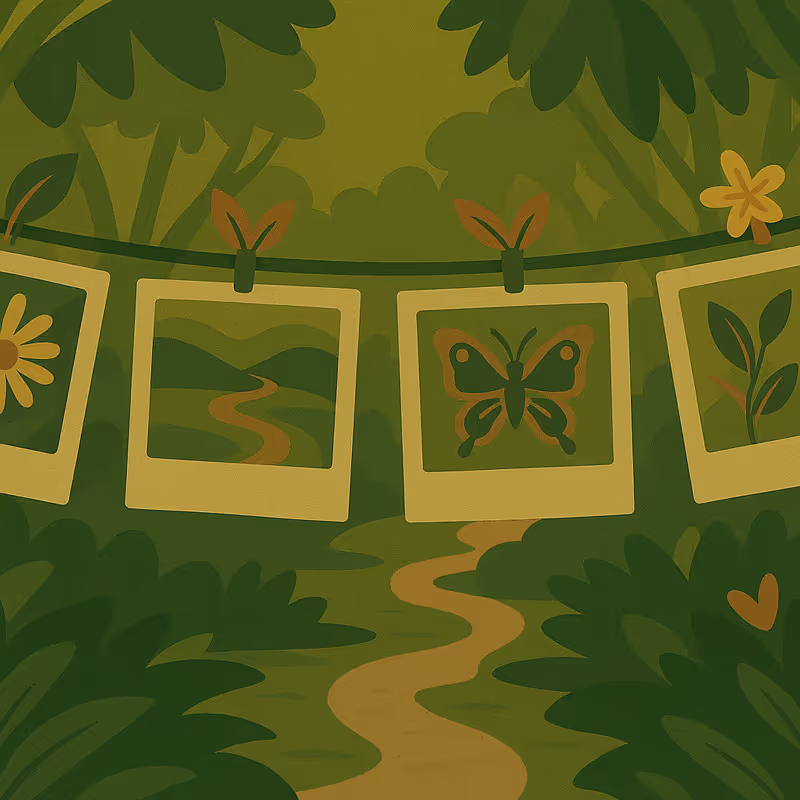Checklist for Implementation
The following is a list of things to consider when using the photo contest method as a creative engagement tool.
1. Define Contest Themes
Choose compelling categories that align with your message, such as pollinators, edible biodiversity, or urban green spaces. For example, in the use of the method within the PLANET4B agrobiodiversity case study, themes included agrobiodiversity in action, urban gardening, and seed stories and monoculture compared with diverse faming systems. Categories could also be adapted beyond the biodiversity theme, to sustainable transport, citizen science projects or community cooking.
In this video Borbála Lipka discusses the themes that were selected for the PLANET4B Biodiversity Photo Contest:
2. Set Clear Entry Criteria
Clearly explain how the photos will be used and what participants can expect to gain from taking part. Establish submission rules, image quality standards, and ethical guidelines, and if applicable a short accompanying narrative. If entries are submitted online, ensure compliance with data protection laws. Consider banning AI-generated images to maintain authenticity.
3. Promote Effectively and Collaborate for Greater Reach
Leverage social media, community groups, environmental networks, and professional or civic platforms to spread the word. As well as advertising digitally, consider also advertising on public, community and/ or workplace notice boards to attract interest.
This method lends itself well to working with a particular community, i.e. it could be run within a volunteer network. It can also be used to create a community, especially if people are collaborating on a shared interest. Consider also partnering with (e.g.) schools, community centres, faith groups, and conservation organisations to boost participation and expand your audience.
4. Offer Meaningful Incentives
Encourage engagement with prizes that align with your theme, such as seed kits, photography workshops, or feature opportunities in exhibitions. Ensure these are culturally sensitive. If budget restraints prevent you from paying for prizes think about what else you can offer contributors – is there a training course or workshop that can be offered, could they choose one of the categories for the next photo contest?
5. Make It Inclusive and Accessible
Consider all skill levels and demographics when designing the contest. Ensure guidelines are easy to follow and the entry process is as straightforward as possible. If you are running the session with a community group, then you could run a training session on photography.
6. Encourage Storytelling
To combine the method with a photovoice contest, ask participants to share the story behind their photos. To explore further the role of storytelling with photos visit the Photovoice Method.
7. Create a Tradition
Consider running the contest annually to build momentum. Previous exhibitions can serve as powerful promotions for future contests. The themes could build on each other.
8. Provide a Tools Library (if feasible)
To allow people access to better cameras, consider running a tools library and renting equipment. Be mindful of costs and insurance when setting this up.




















